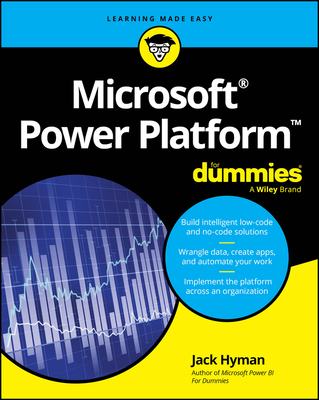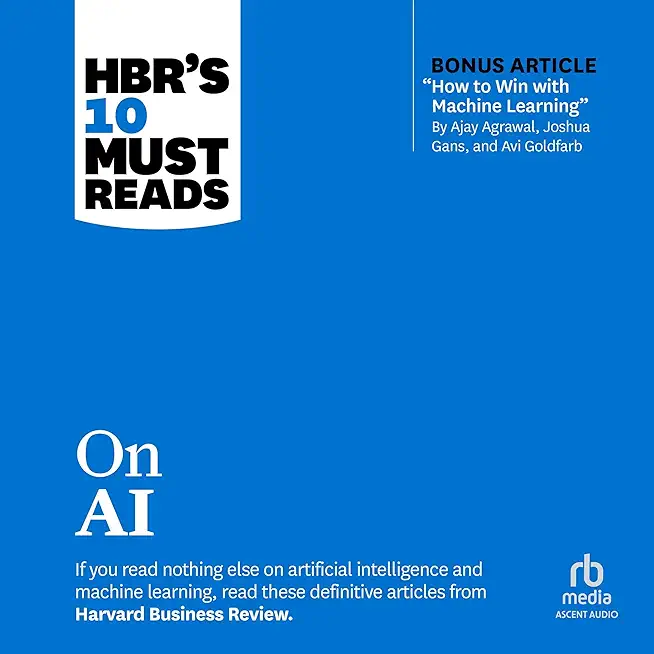CompTIA Security+ (SYO-501) Certification Crash Course Training in Alexandria
Special Offers, Deals & Discounts
Want to pass the SYO-501 exam?
In order to be successful a CompTIA Security+ exam candidate has to show that they understand:
- Network attack strategies and defenses
- The principles of organizational security & the elements of effective security policies
- The technologies and uses of cryptographic standards and products
- How to identify network and host-based security technologies and practices
- How wireless and remote access security is enforced
- The standards and products used to enforce security on the web and communication technologies
- Strategies for ensuring business continuity, fault tolerance, and disaster recovery
These tests are about managing time and are graded on a pass-fail basis.
Maximum of questions 90 questions
Type of Questions Multiple choice and performance-based
Length of Test 90 minutes
Passing Score 750 (on a scale of 100-900)
Recommended Experience CompTIA Network+ and two years of experience in IT administration with a security focus
Call for Details: 303.377.6176 |
||
|
We offer private customized training for groups of 3 or more attendees.
|
||
Course Description |
||
| Security+ is one of the most popular security certifications in the IT industry and is usually the first that IT professionals attempt. It is a three-year renewable certification that is required by the DoD and other government agencies, not to mention many corporations. The Security+ exam shows employers that a person has developed a foundation of the necessary skills needed to secure applications, computers and networks in the workplace. This live training and self- study combo course will cover the SYO-501 exam, is taught by authors of the official CompTIA A+ Exam Cram and CompTIA Security+ Cert Guide and is designed to give you the information you need to pass the exam and start your successful career as a security professional. You will learn: - Explore security threats, attacks and vulnerabilities, and how to defend against and prevent these from occurring. - Understand how security technologies and tools function. For example, firewalls, proxies, NAC, NIDS/NIPS, DLP, protocol analyzers, network scanners, and much more. - Learn about security architecture and design including concepts such as defense-in-depth, benchmarking, industry-standard frameworks, secure network design, and secure systems design. - Compare and contrast various identity and access management technologies such as single sign-on and federation, and LDAP, Kerberos, MS-CHAP, NTLM, plus access control models such as MAC, DAC, ABAC, and RBAC. - Examine risk management as it applies to security and technology. Summarize incident response and computer forensics. - Discover cryptography and public key infrastructure (PKI). - Explore exam-taking tips and techniques.
Course Length: 2 Days
Course Tuition: $970 (US) |
||
Prerequisites |
|
| Attendees are expected to have a basic knowledge of computers and computer networking and preferably a minimum of two years experience in IT administration with a focus on security. | |
Course Outline |
|
Part 1: Computer Systems Security Length: 1 hour - Course Introduction - Brief introduction to security. - Computer Systems Security - Delivery mechanisms - How to prevent and troubleshoot malware - Implementing security applications - Securing computer hardware and peripherals - Securing mobile devices Attendees will follow along with hands-on exercises.
10 Minute Break
Part 2: OS Hardening, Virtualization, and Application Security Length: 1 hour - How to harden operating systems - Virtualization technology - Securing the browser - Secure programming Attendees will follow along with hands-on exercises.
10 Minute Break
Part 3: Network Security Length: 1 hour - Network design elements - Networking protocols and threats - Network perimeter security - Securing network media and devices Attendees will follow along with hands-on exercises.
10 Minute Break
Part 5: Physical Security, Authentication, and Access Control Length: 1 hour - Introduction to physical security - Authentication models - Access control models - Rights, permissions, and policies - Attendees will follow along with hands-on exercises.
(break)
Part 6: Vulnerability/Risk Assessment, Monitoring, and Auditing Length: 1 hour - Conducting Risk Assessments - Assessing Vulnerability with Security Tools - Monitoring methodologies - Using tools to monitor systems and networks - Conducting audits Attendees will follow along with hands-on exercises.
10 Minute Break
Part 7: Encryption and PKI Length: 1 hour - Cryptography concepts - Encryption algorithms - Hashing basics - Public key infrastructure - Security Protocols Attendees will follow along with hands-on exercises.
10 Minute Break
Part 8: Redundancy, Disaster Recovery, and People! Length: 1 hour - Redundancy planning - Disaster recovery planning and procedures - Social engineering methods and prevention - User education - Facilities security Attendees will follow along with hands-on exercises.
10 Minute Break
Part 9: Policies and Procedures and Exam Preparation Length: 1 hour - Legislative and organizational policies - Incident response procedures - IT security frameworks - Exam taking tips and tricks - Sample questions - Q & A |
Course Directory [training on all levels]
- .NET Classes
- Agile/Scrum Classes
- AI Classes
- Ajax Classes
- Android and iPhone Programming Classes
- Azure Classes
- Blaze Advisor Classes
- C Programming Classes
- C# Programming Classes
- C++ Programming Classes
- Cisco Classes
- Cloud Classes
- CompTIA Classes
- Crystal Reports Classes
- Data Classes
- Design Patterns Classes
- DevOps Classes
- Foundations of Web Design & Web Authoring Classes
- Git, Jira, Wicket, Gradle, Tableau Classes
- IBM Classes
- Java Programming Classes
- JBoss Administration Classes
- JUnit, TDD, CPTC, Web Penetration Classes
- Linux Unix Classes
- Machine Learning Classes
- Microsoft Classes
- Microsoft Development Classes
- Microsoft SQL Server Classes
- Microsoft Team Foundation Server Classes
- Microsoft Windows Server Classes
- Oracle, MySQL, Cassandra, Hadoop Database Classes
- Perl Programming Classes
- Python Programming Classes
- Ruby Programming Classes
- SAS Classes
- Security Classes
- SharePoint Classes
- SOA Classes
- Tcl, Awk, Bash, Shell Classes
- UML Classes
- VMWare Classes
- Web Development Classes
- Web Services Classes
- Weblogic Administration Classes
- XML Classes






